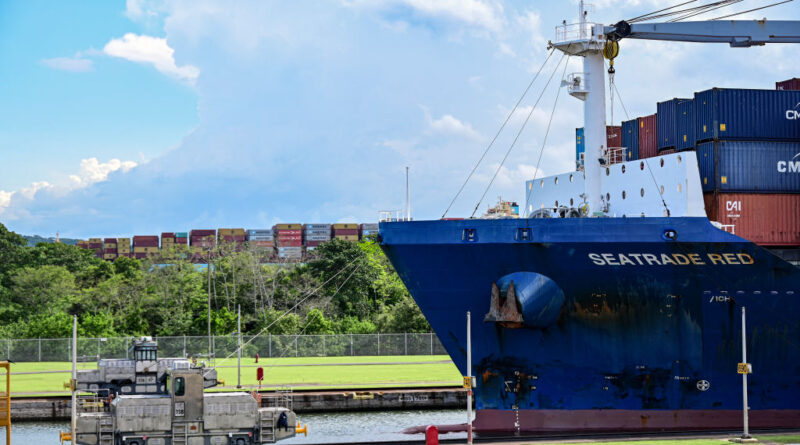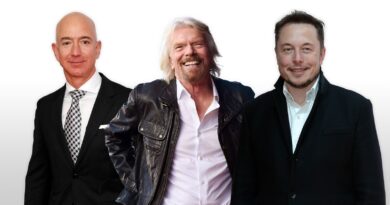Panama Waives Fees for U.S. Government Vessels Transiting the Panama Canal, According to State Department
Panama has consented to eliminate fees, which total millions annually, for the utilization of the Panama Canal by the U.S. government, according to the State Department.
On Wednesday, the Department of State announced that U.S. government vessels can now navigate the Panama Canal without incurring charge fees, resulting in significant savings for the U.S. government.
Fees for traversing the Panama Canal, imposed by the Panama Canal Authority (ACP), comprise base transit tolls, reservation charges, and penalties for cancellations.
This announcement follows U.S. Secretary of State Marco Rubio’s meeting with Panama’s President Jose Raul Mulino on February 2 during a six-day visit to Central America, which included stops in El Salvador, Costa Rica, Guatemala, and the Dominican Republic.
Panama became a member of the BRI in November 2017, marking it as the first Latin American nation to officially join the Chinese government’s infrastructure initiatives. This occurred five months after Panama cut diplomatic ties with Taiwan.
Presently, CK Hutchison Holdings, a Hong Kong-based company, oversees two ports at either end of the Canal—raising concerns due to China’s influence over Hong Kong entities. Additionally, two state-owned Chinese companies are constructing a fourth bridge across the canal.
“Should the principles, both moral and legal, of this generous act be disregarded, we will demand the Panama Canal be returned to us, completely and without hesitation,” Trump declared last month.
The Panama Canal Authority, responsible for the canal’s operation and management, did not provide a comment by the time of publication.
Frank Fang, Aldgra Fredly, and Reuters contributed to this report.





